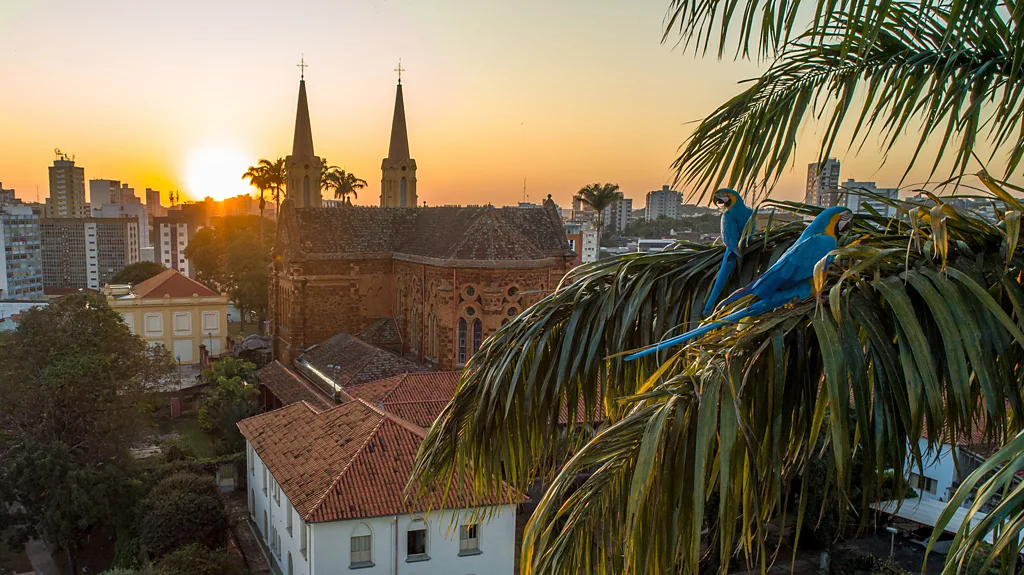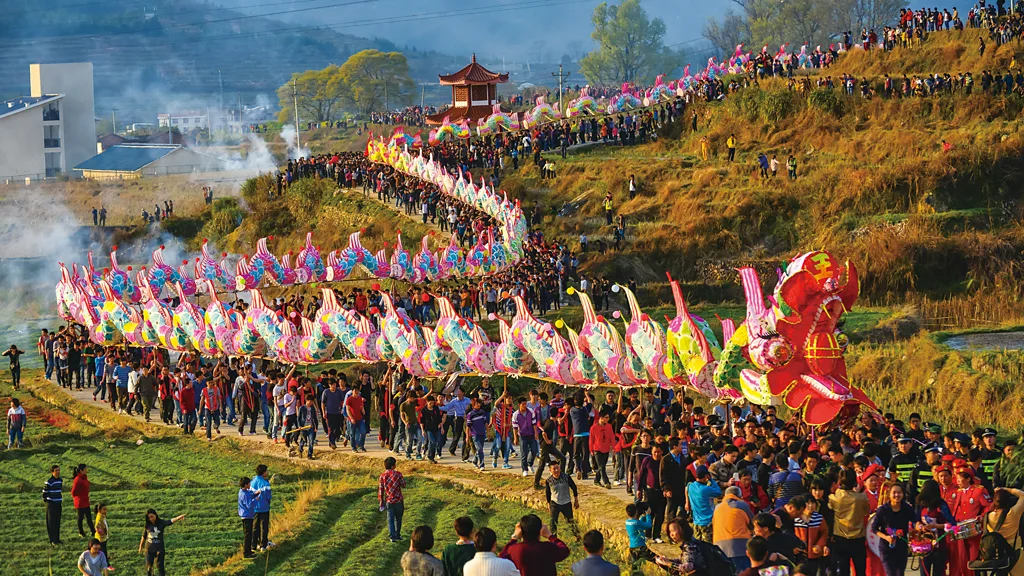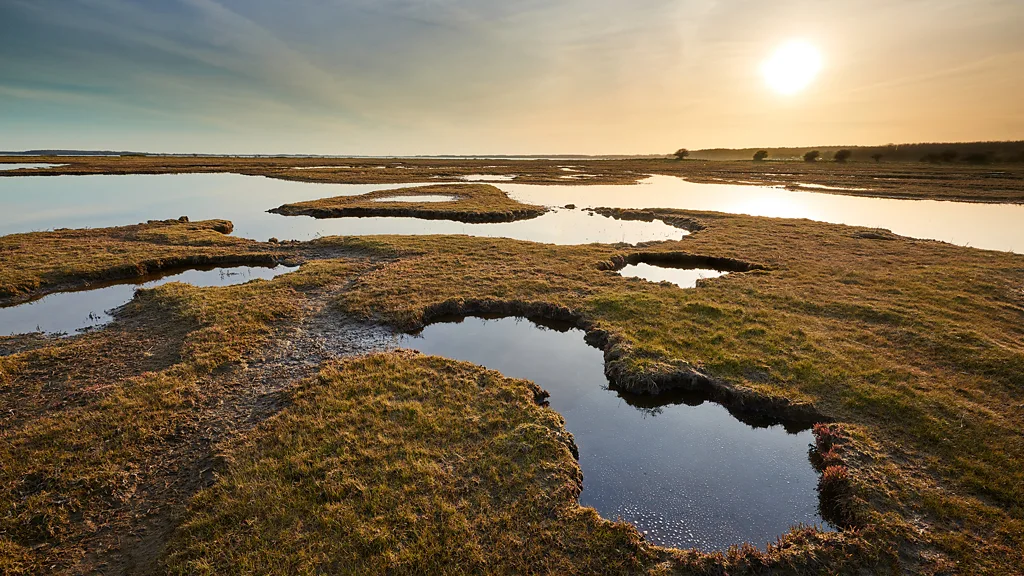From Dinosaur Fossils to Hakka Culture: A Tour of UNESCO’s New Geoparks
In a world increasingly boxed in by urban sprawl and digital screens, UNESCO’s recent unveiling of 18 new Global Geoparks feels like a fresh breath of adventurous air, a call back to the wild that’s hard to ignore. These geoparks, each a unique tapestry of the Earth’s geological, cultural, and intangible heritage, offer more than just a break from the monotonous. They’re an open invitation to dive deep into the stories our planet tells through its rocks, landscapes, and the life they sustain.
Uberaba, Brazil: Land of the Giants
Uberaba, nestled in the southeast of Brazil, is a land where time seems to stand still, yet speaks volumes. Known as the “Land of the Giants,” this geopark is a palaeontologist’s dream, home to over 10,000 dinosaur fossils that whisper tales of prehistoric life. But the story doesn’t end there. The Serra da Galga and Serra Geral mountain ranges, with their basalt flows, narrate the fiery temper of ancient volcanic eruptions. This geological wealth is matched by a unique 19th-century farming tradition that champions ecological preservation through a special cattle breed known for its low CO2 emissions.
Visitors are invited to traverse this rich tapestry through themed routes, from museums that house the vestiges of ancient life to hikes through the Serra Geral National Park, where the local ecosystem unfolds in all its glory. Uberaba’s blend of natural and cultural heritage offers a profound reminder of Earth’s ancient past and the ongoing efforts to sustain its future.

Biokovo-Imotski Lakes, Croatia: Where Blue and Red Lakes Dazzle
Croatia’s Biokovo-Imotski Lakes Geopark serves as a canvas for nature’s most vivid artwork. The park is split into two main attractions: the Biokovo mountain range and the mesmerizing Red and Blue Lakes of Imotski. Biokovo’s peaks offer not just breathtaking views but also a botanical garden and nature walks that reveal the diverse flora of the Dalmatian coast. St George Peak, in particular, stands tall as a testament to the area’s rugged beauty.
The Red and Blue Lakes, set within Europe’s deepest karst lake crater, offer contrasting experiences. Blue Lake, with its inviting blue waters, beckons swimmers and nature lovers, while Red Lake, ensconced at the bottom of a steep cavern, remains a challenge for the intrepid. The geopark’s blend of natural wonders and human history, including medieval tombstones and a modern glass skywalk, makes for a comprehensive journey through time and geology.

Meteora Pyli, Greece: A Journey Through Space, Time, and Geology
Meteora Pyli, in the heart of Greece‘s Thessaly region, is where the divine touches the earth. Its iconic sandstone columns, crowned by ancient monasteries, are not just geological wonders but also bastions of human faith and ingenuity. The geopark extends beyond these monolithic marvels to include the Tafoni formations and the diverse ecosystems of the Pindos Mountains, offering visitors a tapestry of natural and cultural wonders.
The area’s unique routes lead to the sacred rocks of Meteora and the hidden villages within the Pindos Mountains, inviting visitors to experience a blend of spiritual and earthly beauty. Meteora Pyli is a testament to the enduring relationship between humanity and the natural world, offering insights into a history that spans both centuries and landscapes.

Longyan, China: Hakka Culture Amidst Geological Splendor
In the city of Longyan, located in China’s Fujian Province, the story of the Hakka people unfolds amidst a backdrop of architectural and natural beauty. Known for its distinctive roundhouse-style buildings and cobblestone streets, Longyan is a living museum of Hakka culture. The geopark’s designation helps protect not only the cultural heritage but also the dense forests and endemic species such as the Chinese yew tree and the South China tiger, which call this area home.
The annual You Da Long and Zou Gu Shi festivals bring the community’s traditions to life, offering visitors a glimpse into the rich tapestry of local customs and the vibrant relationship between the people and their environment. Longyan stands as a beacon of cultural preservation and environmental stewardship.

South Fyn Archipelago, Denmark: The Garden of Denmark
Dubbed “The Garden of Denmark,” the South Fyn Archipelago is a mesmerizing landscape shaped by the ebb and flow of ice ages. This drowned ice age landscape, comprising around 55 islands, epitomizes the adaptability of nature and human life. Known for its rich agricultural history, the archipelago invites exploration, from sailing across its tranquil waters to diving into its endangered marine ecosystems.
The UNESCO designation highlights the area’s significance not just as a natural wonder but also as a cultural heritage site that offers lessons on past and future sustainability. The South Fyn Archipelago is a microcosm of the dynamic relationship between humans and the natural world, offering hope and a path forward in conservation and understanding.
Through these new UNESCO Global Geoparks, we are reminded of the intricate tapestry of life and land that covers our planet. Each park, with its unique geological features and cultural stories, invites us to reconnect with the earth, explore its wonders, and commit to its preservation. This is not just an announcement; it’s a call to adventure, an invitation to witness the marvels of our world, and a reminder of the delicate balance we share with the planet.

